How to visit Auschwitz from Krakow? Far from being a tourist attraction like others, the visit to the concentration camp is absolutely necessary if you come to discover Krakow and its region!
Krakow is a beautiful city where joy reigns, even after several terrible periods of its history. If you decide to come visit Krakow , you might be interested in discovering what Auschwitz was. Visiting the camp is something moving, poignant. What happened in these camps? How did the long days go?
You may ask a lot of questions about Auschwitz, even after having studied the subject at school or in documentaries for a long time. It may not be an easy day for you, but to go to the former Jewish concentration and extermination camps will allow you to see and know what happened in these places during the Shoah. So are you ready for the visit of Auschwitz ?
At the end of this article you will find a few words about the history of the Auschwitz camp.
Tickets, Rates, Schedules
Our 3 ways to visit Auschwitz :
- attention to availability
Book a combined ticket :
L’avis de la rédaction
“This combined ticket also allows you to discover the Wieliczka salt mines, a must for a first trip to Krakow. »
Auschwitz Times
- 🕛 The Museum is open all year, seven days a week, except January 1, December 25 and Easter Sunday. The museum opens its doors at 8 o'clock but closing times vary depending on the month. You will find more details about this at the end of the article.
Getting to Auschwitz
📍 If you want to visit Auschwitz without an agency, you can go by bus from Krakow Bus Station. If you want to arrive in front of the entrance of Auschwitz I, you must go down to the order called "Oświęcim (Muzeum) ul.Leszczyńsk". This is the closest stop to the entrance of the memorial.
Visit Auschwitz with an agency
Visiting Auschwitz by booking your tickets via an agency is the safest and easiest solution. This option will cost you approximately the same price as if you go by your own means, tranquility in addition. Many tourist agencies based in Krakow offer All-inclusive visits to the Auschwitz camps for about (30-40€). You will find these agencies without any problems in the center, but the ideal is to book their service online to be sure to have room on the day you visit the camps. The price includes the A/R transport from your hotel in Krakow and the guide (which you can choose in French) for visiting concentration camps.
You can compare the different services for Auschwitz with the widget below. The advantage of passing through an agency by booking online is to be able to read the various opinions, as well as to choose the time of the visit and the language. The guides to visit Auschwitz are accredited by the Auschwitz Museum.
By way of a travel agency, your visit to Auschwitz lasts about 3h30 on site. You have nothing to manage yourself, the agency dealing with transport and ticket booking.
However if you want to stay on the site for a whole day, note that the pace of visits is imposed, with a return schedule that the guide must respect.
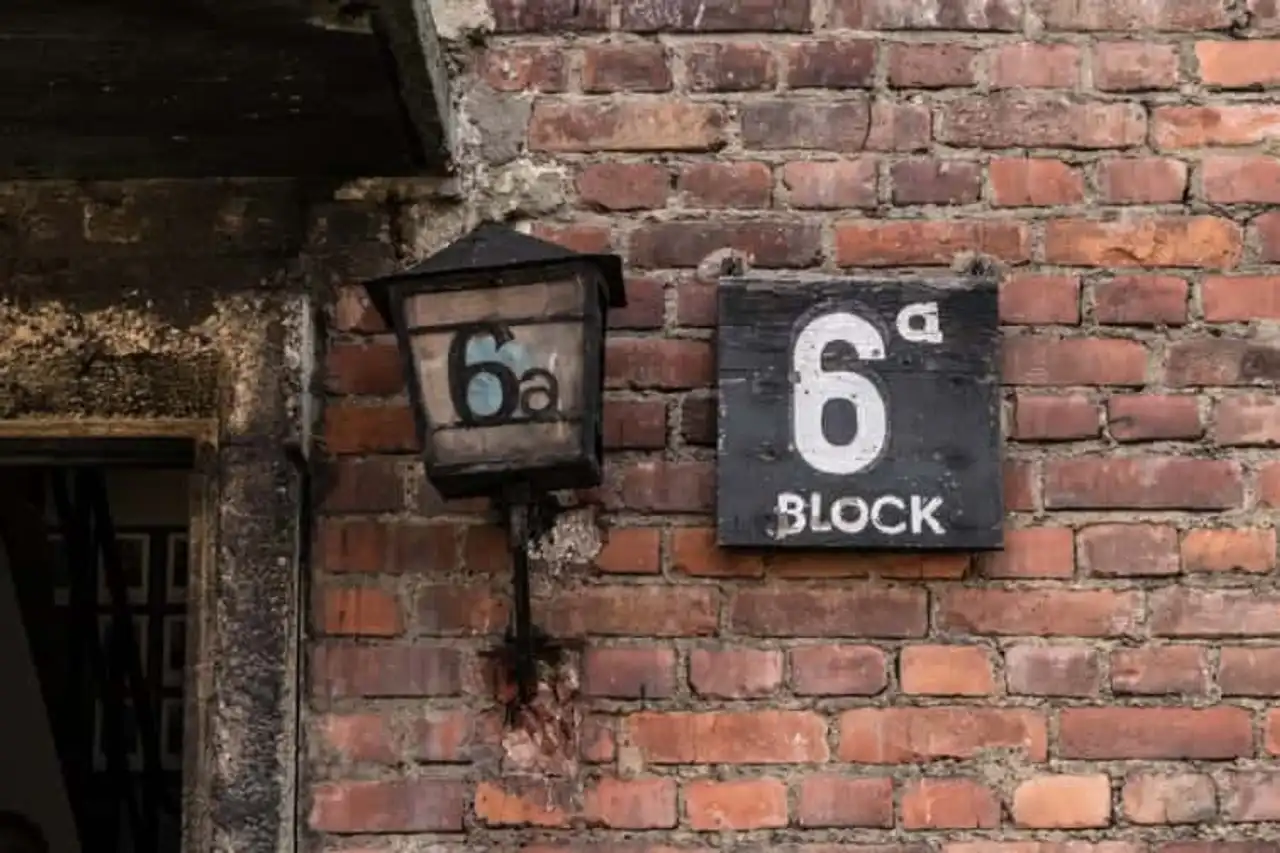
Visit Auschwitz by your own means
To fully enjoy your visit to the camps and take the time to understand each part of the visit, know that you can visit Auschwitz-Birkenau by your own means.
It is then possible to get to Auschwitz by bus or train. The bus is the easiest way to transport: visit the Central Bus Station ( Krakow Glowny , at this address ). This is above the railway station.
Ask the bus to Auschwitz. In the morning, there's one leaving every 20 minutes. It will take about 1h30 to go to destination, and the round-trip ticket will cost about 30 PLN (about 7€).
The site E-Podroznik informs you about all bus and train routes. Enter your city of departure ("Krakow" for Krakow) and "Oswiecim" for Auschwitz as the city of arrival.
Weekly returns in the afternoon take place every hour from 2pm to 6pm. Don't miss the return. On the weekend, only 3 buses left Auschwitz in the afternoon.
The price of an on-site guide ranges from 60 PLN (14€) to 100 PLN (23€) depending on the language you choose.
If you arrive before 10am or after 3pm, you will not be able to visit the places with a guide. Only alone. In this case, the entry is free but Auschwitz I is reserved for groups with guide.
If you arrive between 10am and 3pm, you will be placed in a group with English guide. A tip: come in the morning because a visit takes at least 4 hours.
The entrance ticket includes the guided tour of the Auschwitz camp (in English therefore) + Birkenau with A/R transport between the two camps.
Be aware that from 1 November to 31 March, a guided tour of Auschwitz in French begins every day at 11:45 a.m. (except 27/01, 11/02 and 20/02). From 1 April to 31 October, guided tours in French are offered at 10am, 11.30am and 1pm. Guided tours are not necessarily provided daily at these times, so it is important to check in advance. The price is a little higher, but remember that it concerns the "official" guides of the museum (and not those of the agencies).
To summarize: if you organize your all-inclusive day (transport + guided tour), it will cost you up to 130 PLN (about 30€), which is the approximate price you will pay if you book online with a travel agency. For more information about the Museum and the visit of Auschwitz, visit the official museum site .
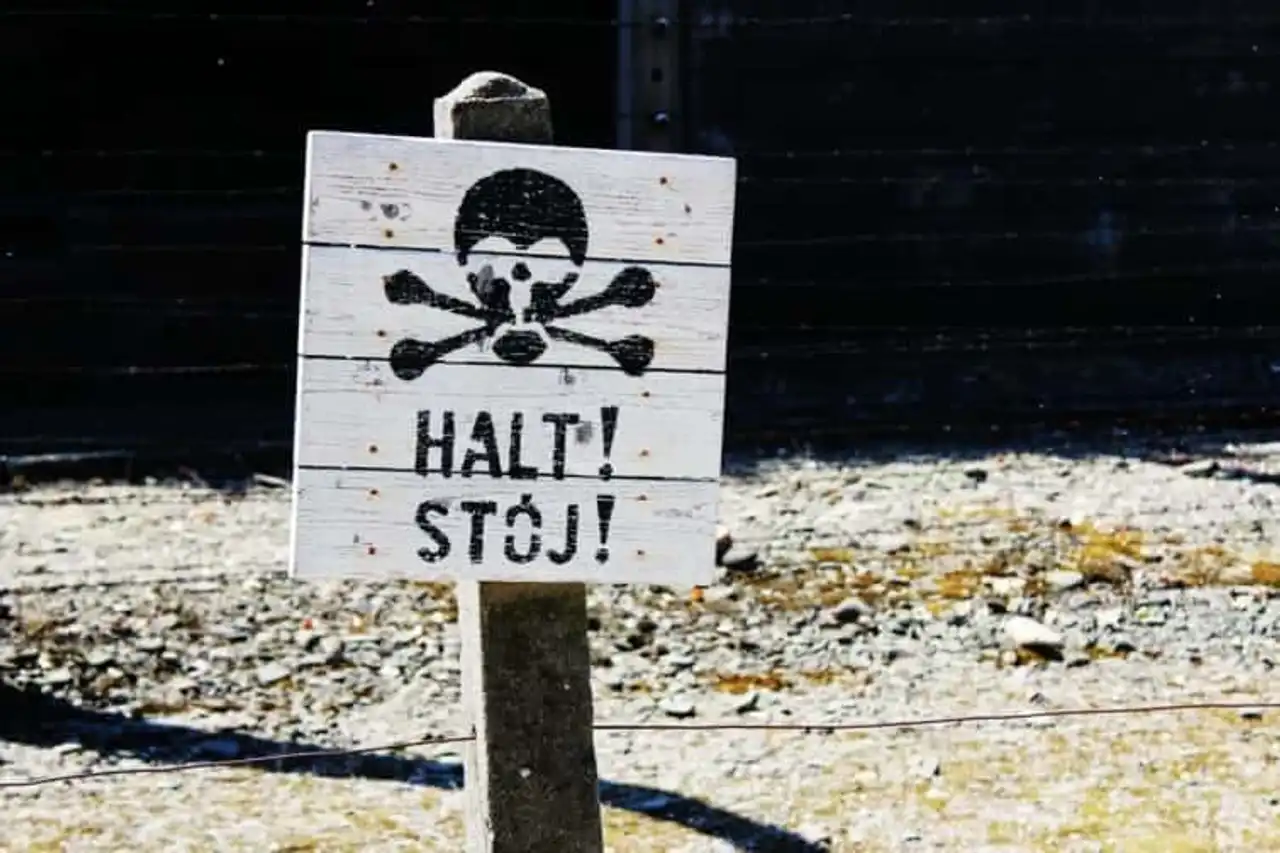
Can we visit Auschwitz without a guide?
It is possible to enter the Birkenau camp without reservation and without a ticket. If you come by your own means, you simply need to start your visit. Attention, however, to be able to visit Auschwitz I (where is the door with registration « Arbeit macht frei » and exhibitions), you will have to book your ticket online, even without a guide. For that, you have to go to the official site in camp , go to "Booking" and select "Visit for individuals" then choose the desired visit and language. Attention, it is best to book 1 month in advance for availability in French.
What to see in Auschwitz?
First, we come to Auschwitz for history, the duty of memory, to learn. Moreover, many school groups visit Auschwitz with their teachers. There are also many Israelis. The guides are to listen carefully, they know the subject better than anyone. They are the living memory of the site. On site, a lot of respect is asked for tourists.
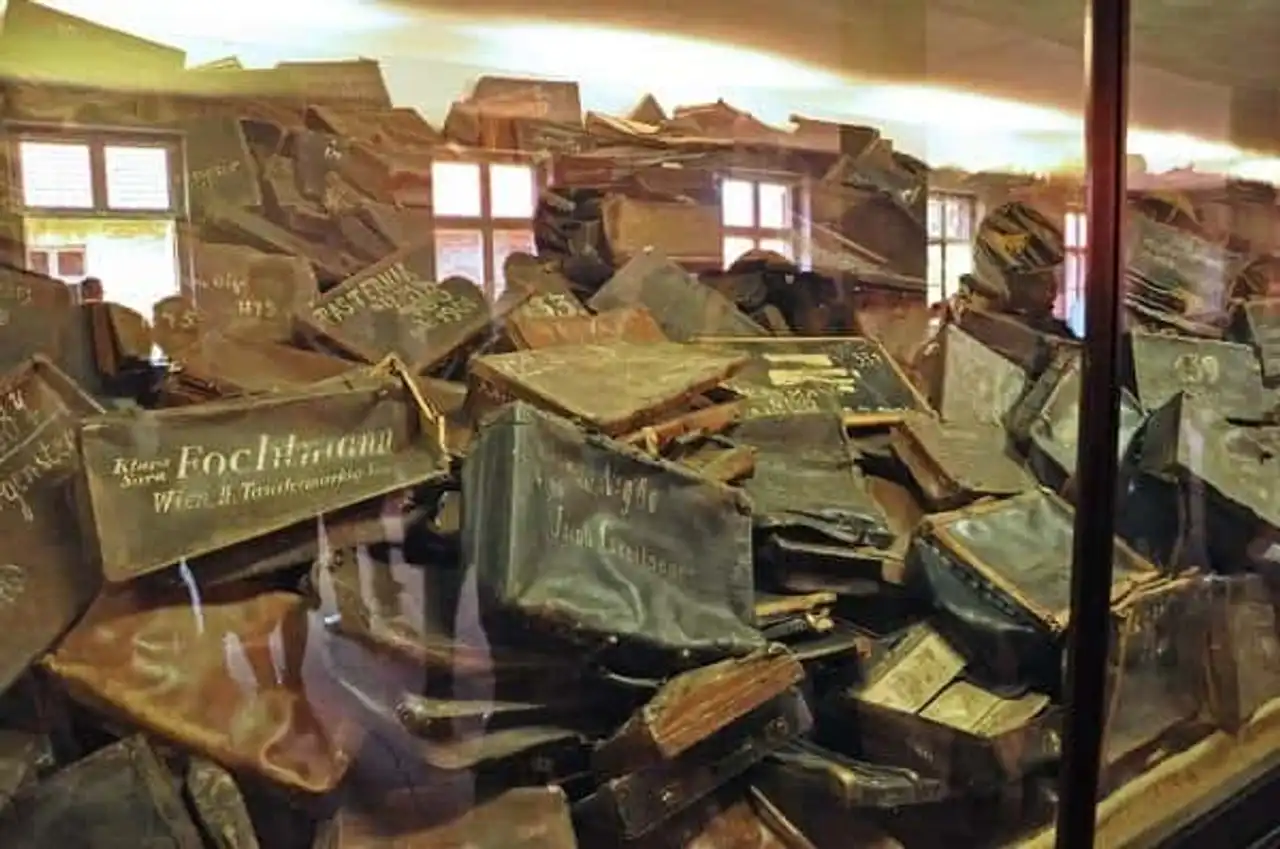
Flickr – Jennifer Boyer
Auschwitz I is composed mainly of barracks. Here, a lot of pictures, scenes, objects (we think about piles of hair, prosthesis, glasses, luggage, etc...). Here we learn the lives of the prisoners of the camp and therefore horrors and cruelties committed by the Nazis.
Auschwitz-Birkenau is the second camp, where the famous door is located with the rails (the one of the books and the photo below). We find here all the barracks that were used to house the prisoners before sending them to the crematory ovens. The place is huge, some visitors find the poignant experience.
How to get to Auschwitz from Krakow?
You will have understood it, there are basically two ways to go to Auschwitz from Krakow:
- If you book your ticket via a travel agency (via the widget below), you will not have to worry about the transport, since a shuttle will pick you up directly at your hotel if it is in Krakow.
- If you want to visit Auschwitz without an agency, you can go by bus from Krakow Bus Station. Follow the indications mentioned above in this article. If you want to arrive in front of the entrance of Auschwitz I, you must go down to the order called "Oświęcim (Muzeum) ul.Leszczyńsk". It is closest to the entrance of the memorial.
The address of the Auschwitz Memorial is Stanisławy Leszczyńskiej 11, 32-600 Oświęcim, Poland
When to visit Auschwitz? Opening hours
The Museum is open all year, seven days a week, except January 1, December 25 and Easter Sunday. You can start a visit from Auschwitz at the following times:
7:30 – 14:00 December 7:30 – 15:00 January, November 7h30 – 16h February 7:30 – 17:00 March, October 7:30 am – 6 pm April, May and September 7h30 – 19h June, July, August
L’avis de la rédaction : We recommend that you keep Auschwitz’s experience for the end of your stay. Indeed, it is often a very emotionally speaking visit. During the year, the beautiful days often coincide with the influx of visitors. Take the spring and autumn days to visit between two places without delay. Also, note that the majority of the visit is done outside. So plan what to cover you in winter.
Auschwitz + Wieliczka salt mines
Auschwitz is probably the most visited place when you come to Krakow. Usually travellers also come to visit the Wieliczka mines. To visit these two must-see sites while saving, travel agencies offer combined tickets
You can also book your visit to Auschwitz + less Wieliczka salt mines .
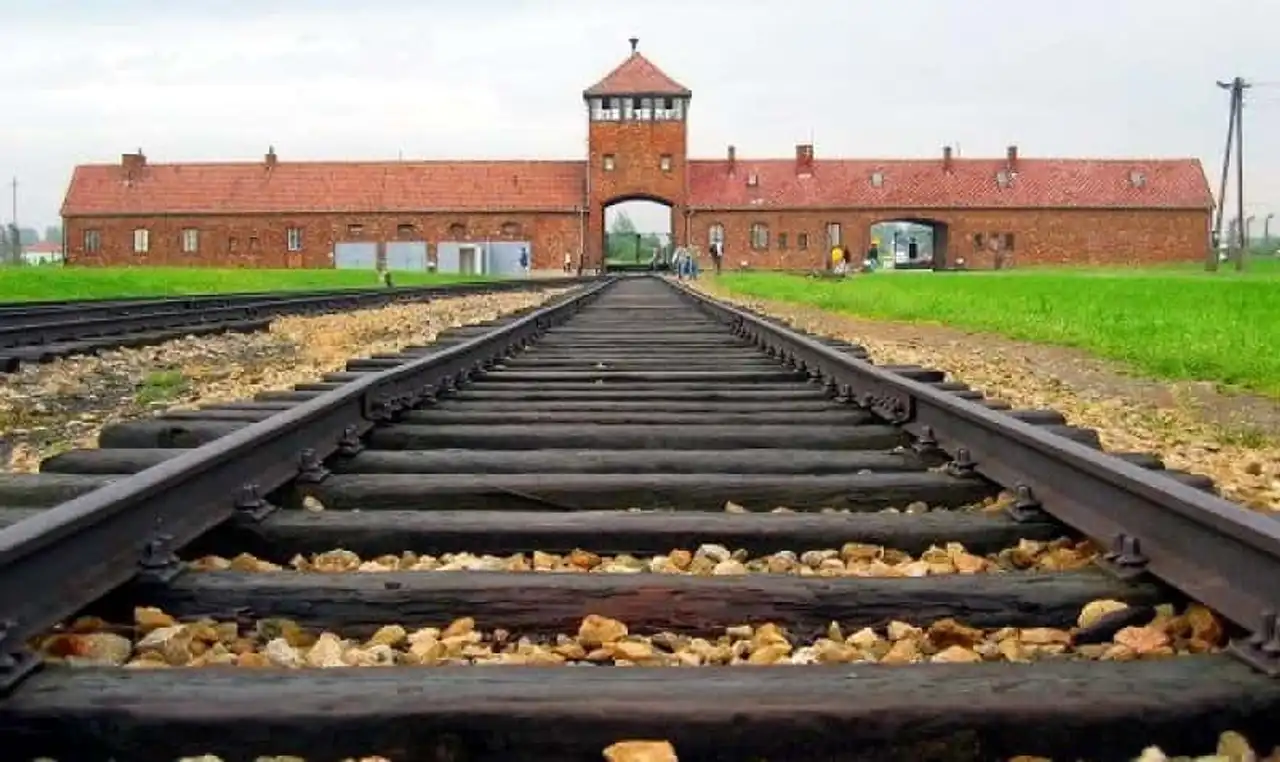
Wikimedia – C.Puisney
A little story about Auschwitz
Auschwitz is the generic name given to all German concentration, work and extermination camps during the Second World War. They are located outside the city of Oswiecim (in Polish: Oświęcim ) in the south of the Poland , about 60 km from Krakow. The camps have become a place of pilgrimage for the survivors and victims of the Shoah, their families and all those who wish to travel there so as not to forget the Holocaust.
Although not the only (or the first) German concentration and extermination camp, Auschwitz has become a symbol of widespread terror, genocide and Holocaust in the conscience of all.
A concentration camp was created by the Nazis on the outskirts of the city of Oswiecim who, like the rest of Poland, had been occupied by the Germans since the beginning of the Second World War (1939-1945). The name of the city of Oswiecim has been modified (“Germanized”) in Auschwitz , who also became the name of the camp.
The camp was continually enlarged over the 5 years and was composed in the end of three main parts: Auschwitz I, Auschwitz II-Birkenau, Auschwitz III-Monowitz. Auschwitz also included more than 40 secondary camps in neighbouring cities. Originally, only Poles and Jews were imprisoned and died in the camp. Subsequently, Soviet prisoners of war, the Gypsies, and prisoners of other nationalities and other minorities were there.
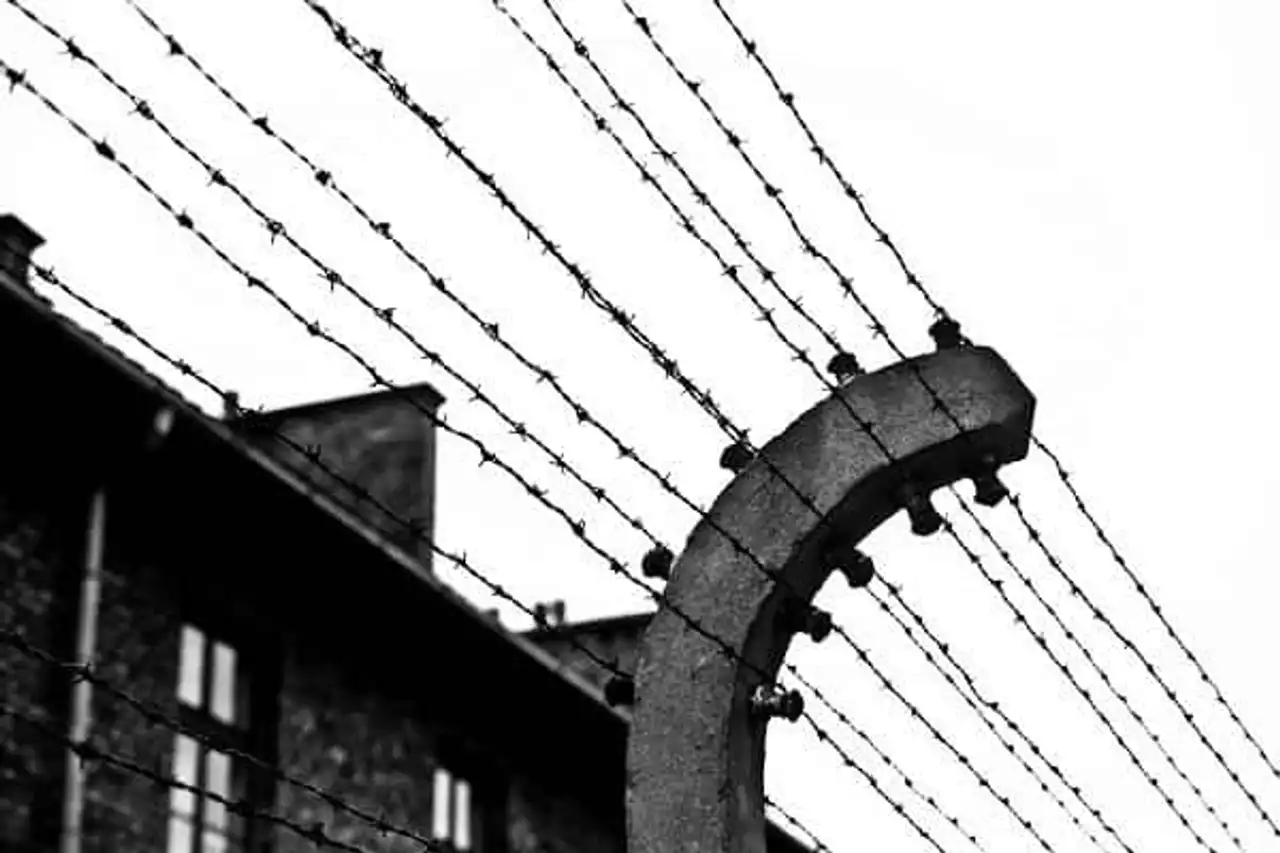
Flickr – Pablo
From 1942 onwards, the camp became the place of one of the greatest massacres in the history of humanity, committed against the Jews of Europe as part of Hitler’s plan for the complete destruction of this people ("the final solution"). The vast majority of Jews, men, women and children deported from all over Europe to Auschwitz were immediately sent to the gas chambers of Birkenau, most often after being transported to cattle wagons. Their bodies were then incinerated in crematory ovens.
At the end of the war, in order to eliminate all traces of the crimes they committed, the SS began the dismantling and destruction of gas chambers, crematory ovens, and other buildings, as well as many documents. Detainees capable of walking were evacuated in the depths of the German Reich to work in factories. Those who stayed in the camps were released by Red Army soldiers on 27 January 1945.
On 2 July 1947, the Polish Parliament inaugurated the Auschwitz-Birkenau National Museum.
The entire Auschwitz site was added to the UNESCO World Heritage List in 1979.
Have you visited Auschwitz? How did you experience that? What will you advise people interested in visiting these camps?
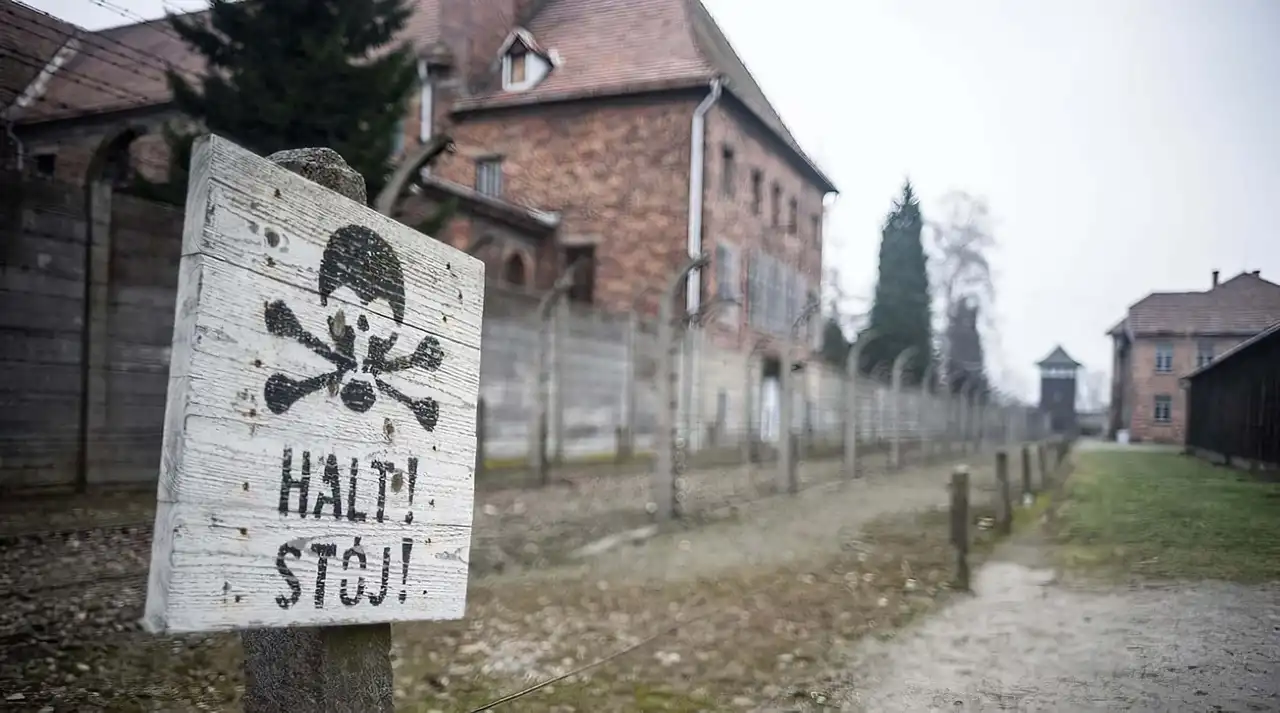






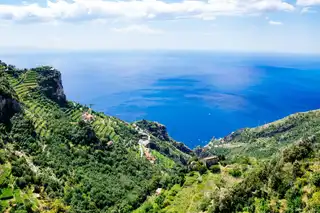
Loading comments ...